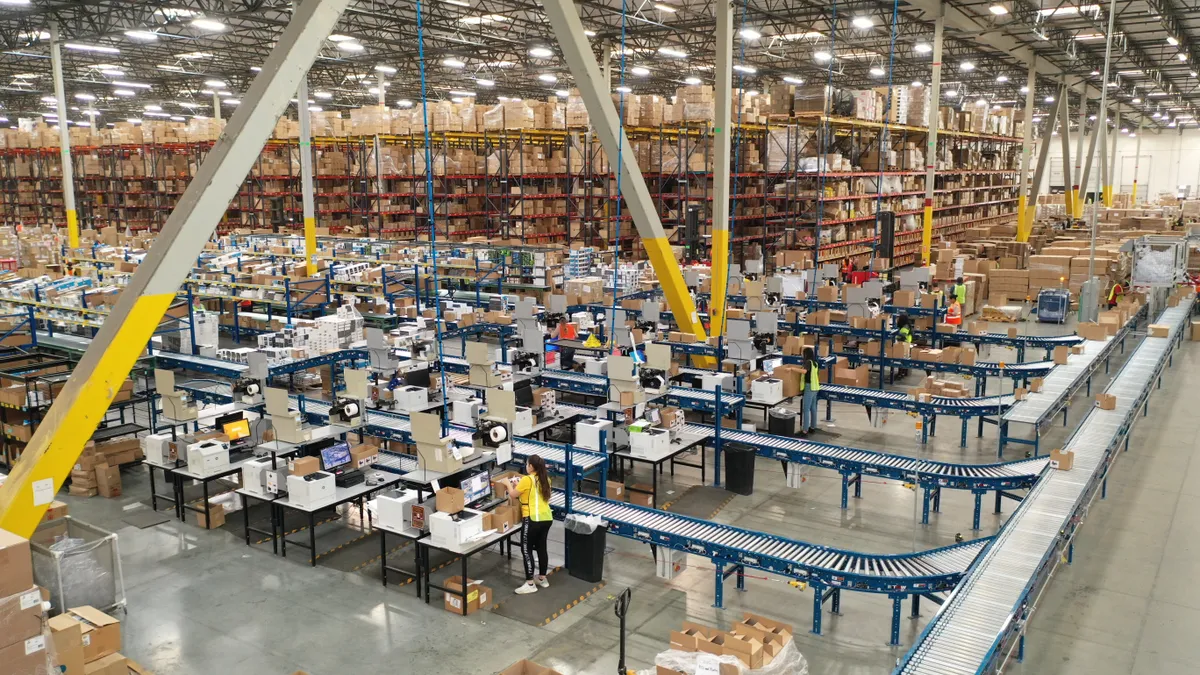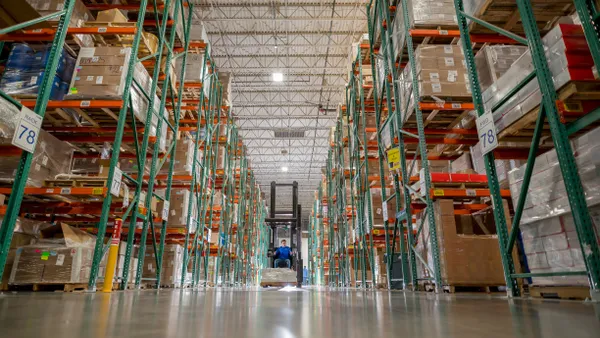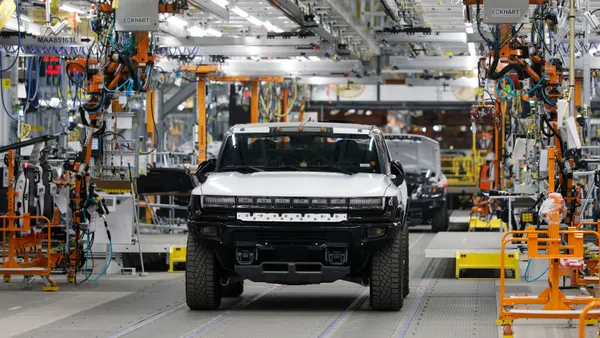Warehouse employment has surpassed its pre-pandemic level to reach the highest level ever recorded with 1.25 million workers in the warehouse and storage sector in September, according to preliminary numbers from the Bureau of Labor Statistics.
This bounce-back comes as employment remains below what it was in early Q1 of this year. Overall unemployment dropped to 7.9% in September, which is much lower than the 14.7% seen in April but higher than the 3.5% seen in February.
Warehouse employment has reached a new peak as e-commerce sales are higher than any previous point in time, according to the latest Census data. E-commerce sales jumped almost 32% from Q1 to Q2 to reach nearly $212 billion.

In this sense, the pandemic has simply sped up trends surrounding e-commerce that were already taking place, according to Zachary Rogers, an assistant professor of supply chain management at Colorado State University. Companies that were struggling continued to struggle, while businesses that were improving have gotten better more quickly. E-commerce is the epitome of this trend, Rogers said.
E-commerce has become increasingly automated in its operations with robots moving inventory and assisting pickers. But picking, packing and shipping are still labor-intensive processes.
Because e-commerce is taking up a large portion of overall retail, it means that e-commerce employment is surging at a time when the overall economy is not.
"E-commerce and the need for those logistics services will actually be past where they were pre-pandemic, because it's a bigger percentage of whatever [retail] does come back online," Rogers said.
As the pandemic increases consumer interest in e-commerce, logistics companies are adding seasonal employees for peak season. DHL is adding 7,000 seasonal employees, XPO Logistics will add 25,000 positions, FedEx is adding 70,000, UPS and Amazon each plan to add 100,000 employees ahead of peak season.
"It seems like it hasn't been a big challenge" for companies to bring on new employees, Rogers said, citing the rise in employment numbers in the warehousing sector.
One potential challenge could be the fact that many seasonal employees tend to be older, meaning individuals who are also at higher risk for contracting the coronavirus. "They may be able to supplement that with the 10% of Americans who are unemployed right now. So, it might all come out in the wash," Rogers said.
Companies have also highlighted increased investment in robotics during the pandemic, saying it could help with social distancing and lack of labor availability in the early days of the virus. But in the short term, Rogers doesn't expect this to negatively impact employment. In fact, it could make companies more efficient, leading to more consumer demand and thus the need for more warehouse space and labor, he said.
"I do think jobs are lost due to automation, but I don't think it's jobs in warehousing; I think it's jobs in other sectors," he said. Traditional brick-and-mortar retailers lose market share to automated companies, which can be more efficient and attract more customers, he said.
XPO will "leverage the advanced automation and robots in our warehouses," to cope with peak season volumes in addition to hiring 25,000 workers, XPO Logistics President for Supply Chain Americas Ashfaque Chowdhury said in an emailed statement. It will also add 3 million square feet of warehouse space in North America.
The demand for warehouse labor is picking up at the same time as demand for warehouse space generally. The Logistics Managers Index, for which Rogers is an analyst, put warehouse capacity at 43.1 (any number below 50 indicates contraction) in its September report released Tuesday. The LMI report says capacity is decreasing partially as a result of logistics companies preparing for what is expected to be bustling peak season. This capacity is expected to stay tight moving forward.
"Even though we will be building warehouses as fast as we can over the next year ... available supply still won't catch up to what demand is," Rogers said, noting that respondents to this month's LMI expected warehouse capacity to hover around 49 (still before 50) in 12 months.
Moving forward, the shift to e-commerce is here to stay, and the economy will need to build the capacity to support it, Rogers said.
"We might remember 2020 as the year where everything really, really shifted," he said, "and we moved toward this model where logistics services, specifically warehousing and transportation, are a much more important part of the economy."
This story was first published in our weekly newsletter, Supply Chain Dive: Operations. Sign up here.














